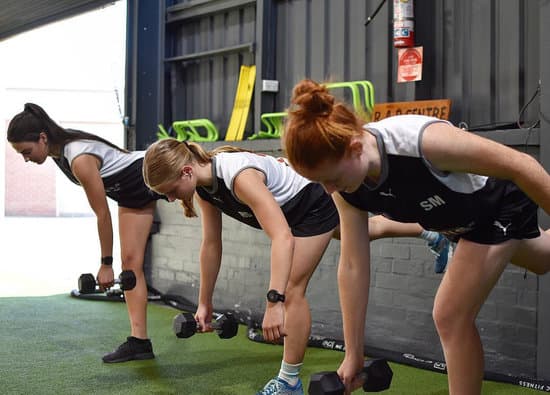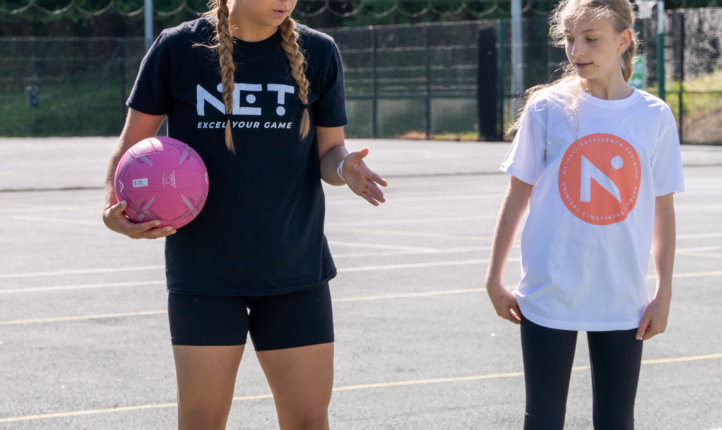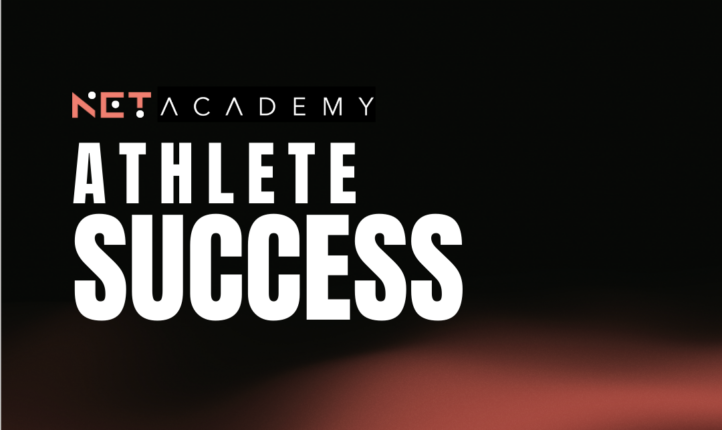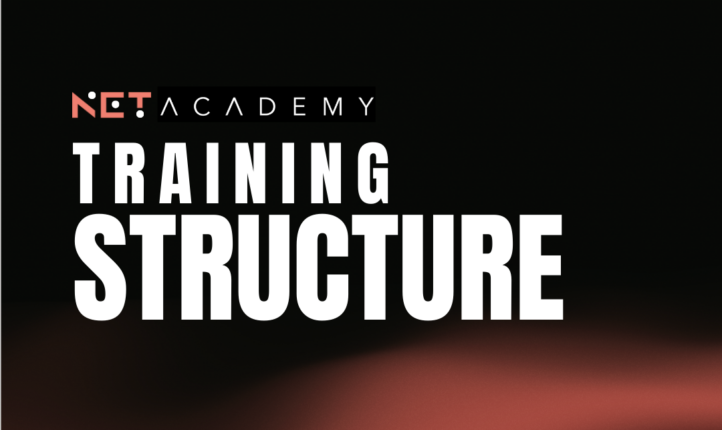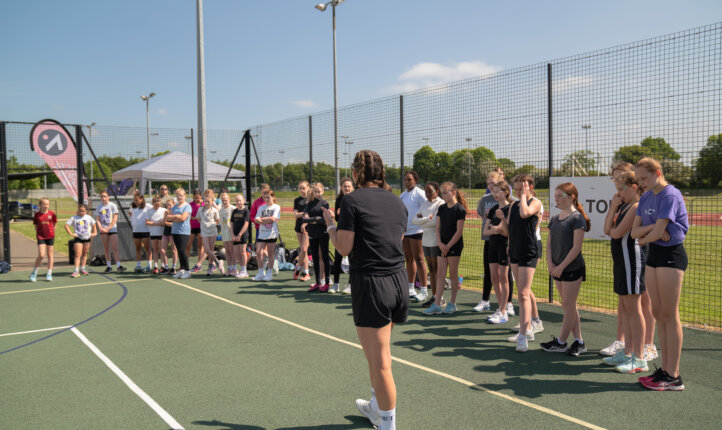September 1, 2020
Testing Your Athletes
“In order to make fitness testing actually relevant and useful to your players, you should devise measurable test which incorporate each of these movements. By doing this, players will see the worth in taking part in these tests and therefore are more likely to be motivated to focus on improving their scores.”
With the Summer Leagues cancelled and after such a long time off of training, you might be starting to wonder what ‘state’ your athletes are in as they return to the game. Have they been taking your weekly Zoom Training seriously? Or have they been logging on and sitting back with a cup of tea claiming ‘my camera is broken’?
With the new season set to start soon, and with many clubs taking to socially distances training, now is the perfect time to test your athletes’ fitness and collate a database you can use in future seasons to measure your athletes improvements both on and off the court.
What sorts of tests should we use?
It is easy to revert to the bleep test when it comes to thinking about fitness testing, but is this really specific to the game? Whilst players are expected to run distances on the court with a short space of time, testing their running speed against a fixed timer isn’t perhaps the most effective way to test fitness for your athletes.
In the game players are expected to run short distances at speed, change direction quickly, make quick decisions on the ball and be explosive in their movements. In order to make fitness testing actually relevant and useful to your players, you should devise measurable test which incorporate each of these movements. By doing this, players will see the worth in taking part in these tests and therefore are more likely to be motivated to focus on improving their scores.
Here are some examples of test you could use with your athletes to test their fitness levels at the start of the season.
Speed – The YOYO Test
This test has become gold standard when I comes to testing netball athletes. Unlike the Bleep Test it allows for short recovery period between bleeps and therefore is much more court specific and relevant to the game. The change of direction required in the YOYO test is also huge as it allows the better athletes to be separated from weaker ones as they are able to turn more efficiently at speed.
The test works by making players run a 20m distance up and back between a series of beeps (Use IR1). Players are given 10 seconds rest between each run and the speed of the beeps increase with the levels. To be done properly, it is best to use electronic timing gates but the good old stop watch will suffice if you do not have access to this technology.
This test is great for targeting as, dependant on the level athletes get to, a speed programme can be created for each individual athlete to help them to reach the next level. Suncorp Mid-Court players regularly get to Level 18 of the test.
Agility – 5-0-5 test
This is the most popular test when it comes to agility, it works by measuring an athletes ability to turn 180 at speed. There are some discussions that it does not allow for proper testing of single leg agility; however, it is still a good judge of an athlete’s ability to change direction at speed – which is what agility is all about.
The test times athletes passing through a gate, sprinting 5 metres, changing direction and passing through the same gate. The faster the athlete is able to transition between the gates, the better their agility (see diagram below). Setting up this test is easy. All you need is 3 cones and a stopwatch. Athletes will start on the start line and run 10m before passing through the first gate. The stopwatch is now set, the athlete runs the 5 meters to the end cones, changes direction and the stopwatch is stopped as soon as they pass through the 5m gate again. Record their score.
The ease of setting this test up on the court is advantageous to any coach however it’s what you do with the data that counts. After testing athletes complete a number of agility and speed drills with them and retest in 3 weeks time to see their improvement. Struggling to think of some agility drills? Check out our Coaches’ Corner and Youtube channel for session plans.
Endurance – 1km time
No athlete is a stranger to this type of testing. The 1km run test is designed to help test young athletes’ aerobic fitness by having them run a 1km distance as fast as possible. It is a great way to get a quick, overall picture of an athlete’s endurance and be able to measure them against normative data or even the other athletes in a squad. You would want your mid-court players to be scoring higher in this test than those playing in the circle.
Taking the test is easy, start a stop watch, run 1km and track each athlete’s time. If athletes are coming in at under 5 minutes and 30 seconds then you are off to a great start.
It is really easy for athletes to see improvements on their 1km run time by just simply training well and improving their fitness. However a training sessions focused on running/sprinting techniques can help players to maximise their potential and progress in their running. This test can also be a good start in encouraging your players to take on further distances.
I have my results, what next?
All testing is great, but it can be pointless if you do nothing with the data. Before you start testing athletes you should always have in mind the reason why you are testing them. Do you want to see who is strongest or fittest amongst your group of athletes? Do you want to use the data to create a plan for improvement? Do you want to share the data with athletes to encourage them to work harder?
Regardless of your reason, testing is pointless unless you use it to set goals for the future. Whether you share these with your athletes or not, it is important to take time to reflect on the data you have and use it to set a plan for the future. All goal setting in the game should follow a SMART principles. They should be:
- Specific to the sport being played, the positions and the movements that will be carried out
- Measurable so that athletes and coaches can see improvements
- Achievable goals and targets should be set to avoid demoralising athletes
- Realistic to the players current fitness level and likely movement on the court
- Time-Bound so that they can be retested for improvements
So let’s say I have an athlete who scored highly in her 1km time however she did not peform as well as other athletes in the 5-0-5 agility test. She is obviously fast, and can endure working at speed for a long period of time, but she needs to work on her agility in order to see improvements in the game – she won’t just be running up and down the court after all. Here’s a goal I might set her:
- Improve her 5-0-5 test score by 5% within 3 weeks
- Be able to run 2km in no more than double the time of the 1km time
- Player must change direction twice before receiving the ball during all modified game play in training (this will make their goals specific to the game)
Remember that there are lots of different tests out there for you to choose from when it comes to testing. No matter the one you choose, remember that there is no point to fitness testing unless you make a plan afterwards, follow a programme and re-test athletes to see if their have improved. Take a look at our online programme Club Net, an online netball development programme combining training, testing and education to help coaches and players progress in their game.






